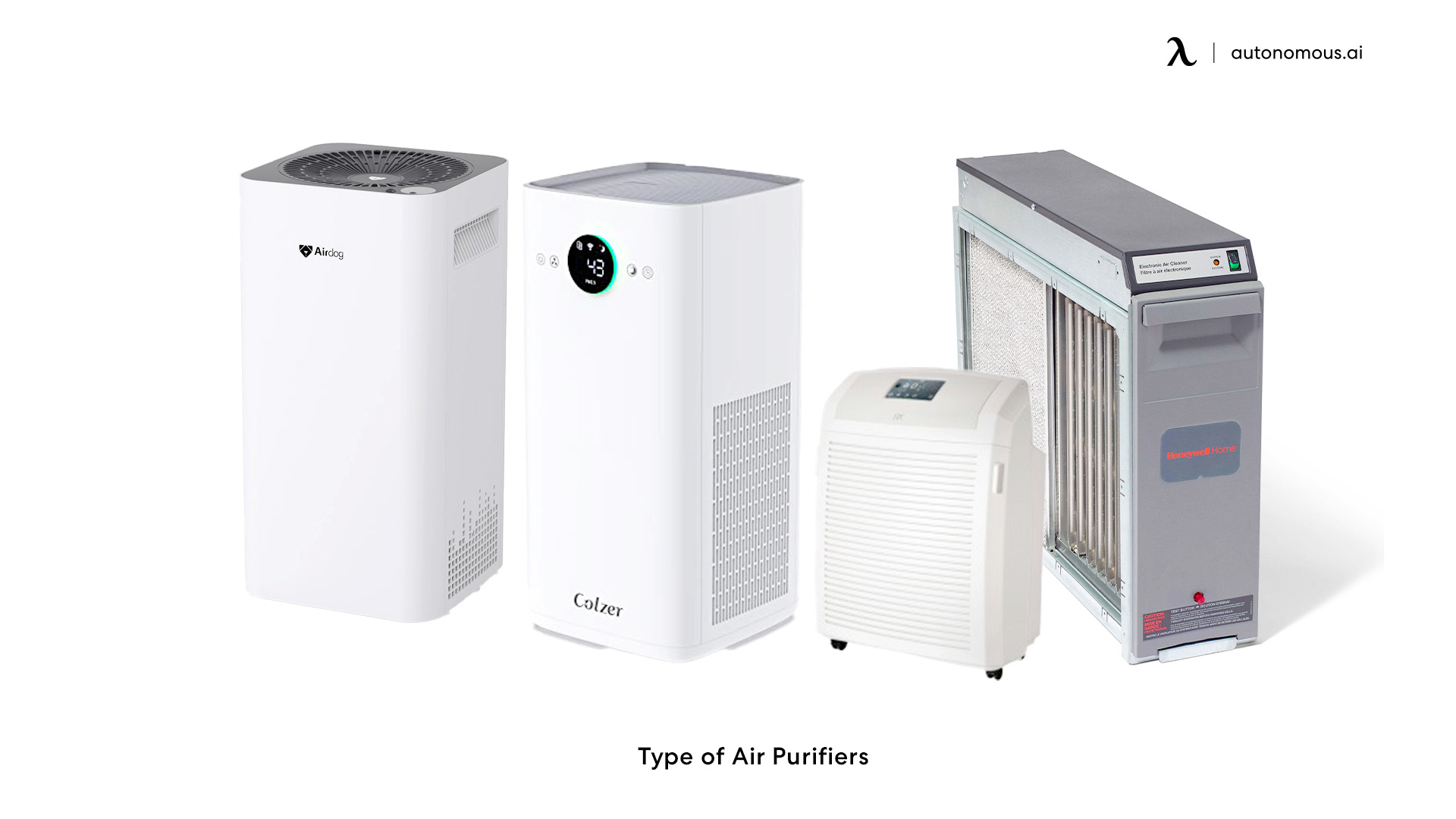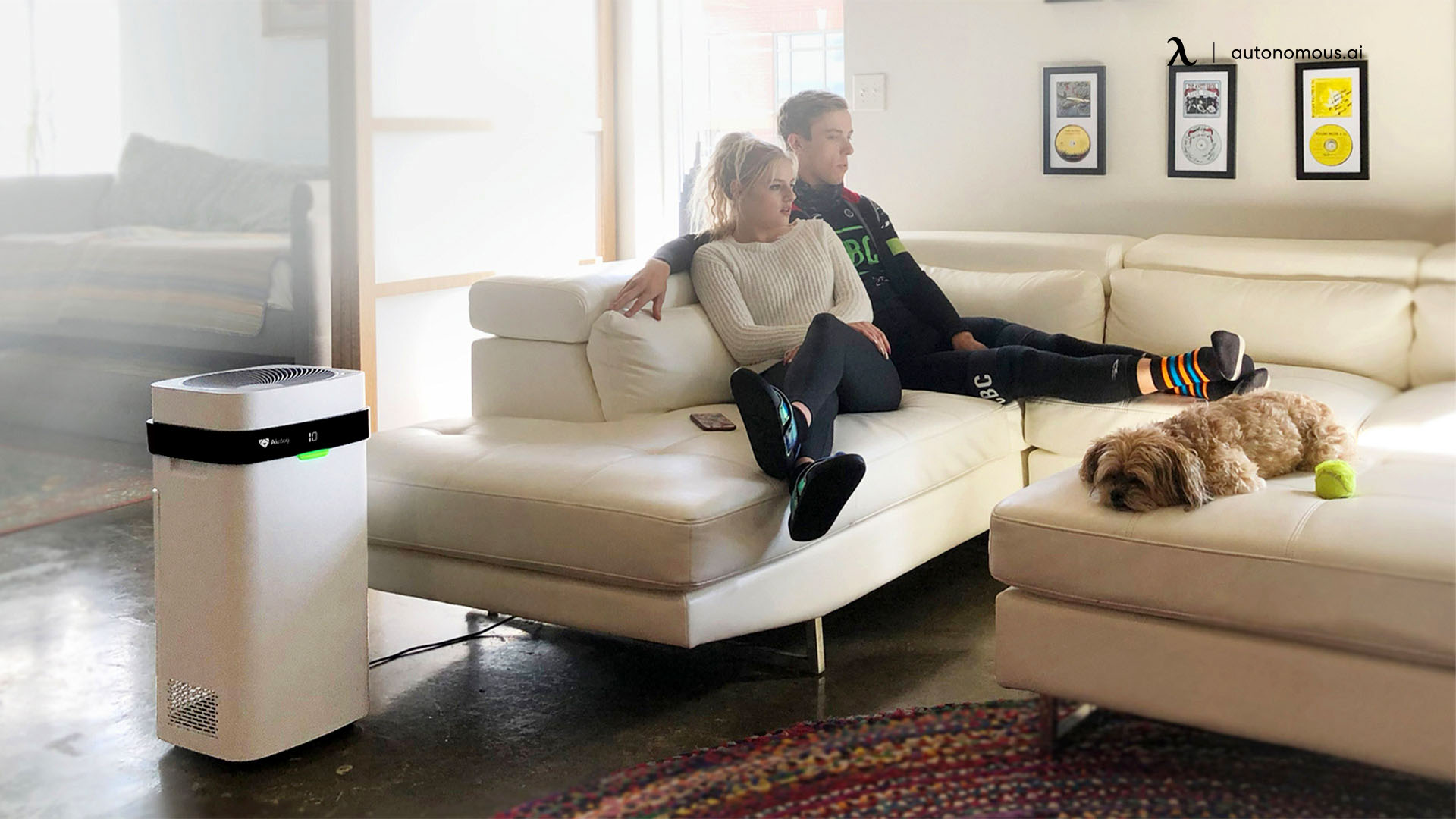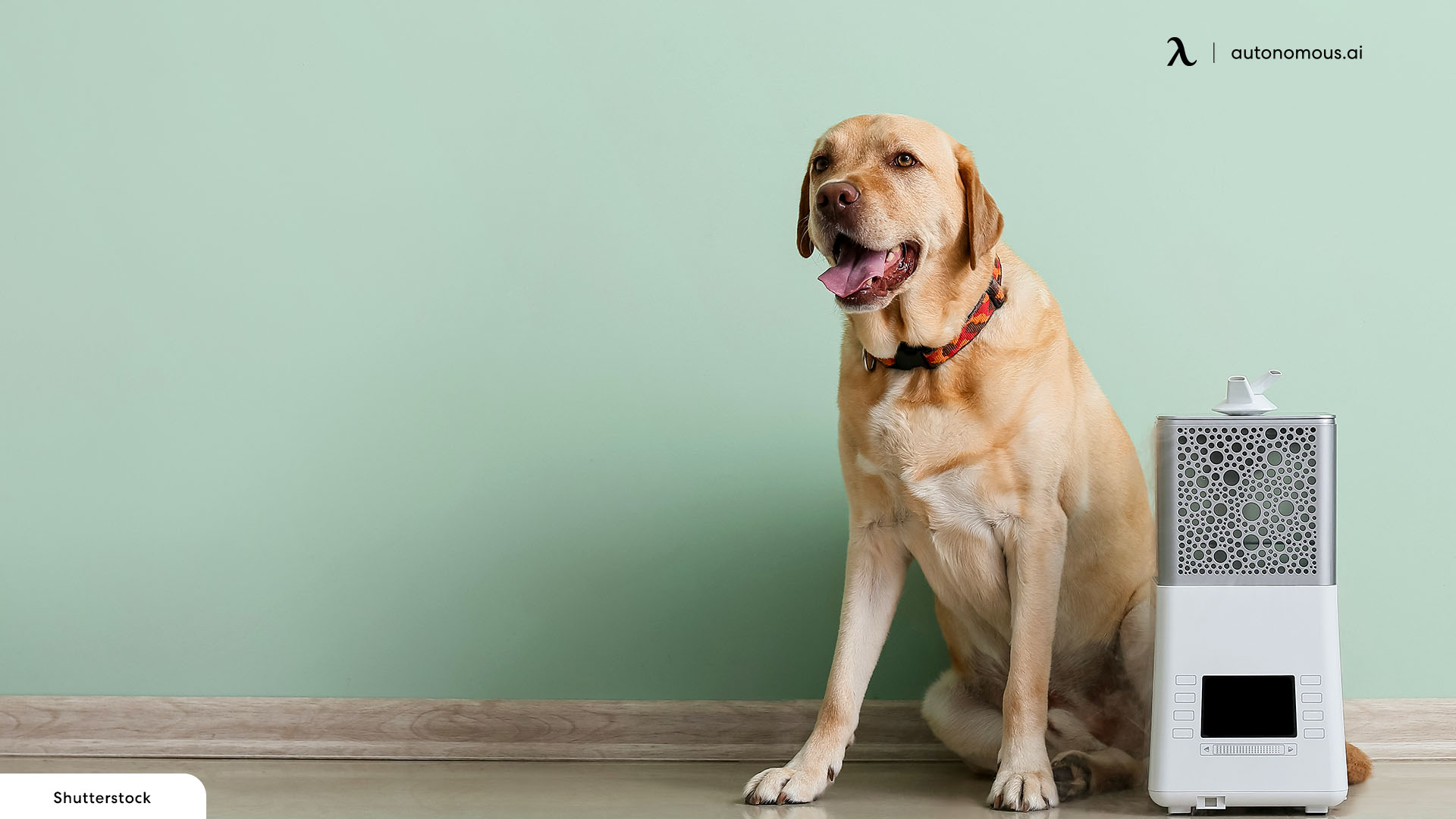/https://storage.googleapis.com/s3-autonomous-upgrade-3/static/upload/images/new_post/full-air-purifier-buying-guide-3313-1636785923297.jpg)
A home air purifier has been on the checklist for many people ever since the pandemic broke into the world and highlighted the importance of covering our faces to avoid breathing contaminated air. Other than the deadly coronavirus, there are many contaminants in the air known as air pollutants that are extremely harmful when inhaled for a longer time, even in minor quantities.
Especially for people who already suffer from allergies and respiratory health issues, a small room air purifier is the right solution to sleep safely and soundly. Unfortunately, this also means that an air purifier must make it to the office requirement list as the workplaces are not opening up to shift back to normal.
But how to know what is the best air purifier for you? Not to mention, these things cost a lot, and you cannot buy something that doesn't do the job. This air purifier buying guide is all you need to make an informed decision and opt for the best air purifier for you. So keep reading to find an easy air purifier buying checklist and create a clean home and safe office space.
Home Air Purifier Buying Guide
A large room needs a large room air purifier; a small bedroom can be managed with a tiny portable air purifier too, but is size the only thing you need to consider when buying an air purifier? Air purifiers are pieces of technology that follow a proper procedure to achieve the desired results. Hence it would help if you kept an eye on multiple factors that define the right choice of air purifier for you.
Type of Air Purifier

Since our atmosphere is not contaminated with a single type of pollutant, various things damage our surrounding air. Therefore, different types of air purifiers or filters in an office or home air purifier serve varying purposes. Here are some to pick the one that serves your needs.
Mechanical Filter
Mechanical filters, as the name suggests, work through mechanical movements to catch the dirt particles. These filters include a very fine mesh of fibers that rotate at high speed and catch any dirt or dust passing through them. If the mesh structure is even finer, these filters are called HEPA filters which are highly efficient to catch particle size of even 0.3 micrometers.
Mechanical filters effectively catch dirt, pollutants, and dust but are not good at eliminating odors or gases. Moreover, these types of filters also require constant cleanup and require extra care.
Carbon Activated Filters
Rather than catching particles in the same manner as mechanical filters, these types of filters utilize activated carbon to capture some odor-causing chemicals in the air. They may combat some gases, but formaldehyde, ammonia, and nitrogen oxide are not among them. As carbon filters fight odor and gases, air purifiers with carbon filters have a setup of mechanical filters too.
Ozone Generators
Ozone generators are a type of air purifier known to emit a safe level of ozone to react with the pollutants and eliminate them. Still, not many health professionals recommend ozone-generating air purifiers. This is because these types of air purifiers are known to generate harmful ozone levels, which, rather than helping with allergies, cause them to worsen over time.
Electronic Air Purifiers
Electrostatic precipitators and ionizers charge particles in the air, causing them to attract magnetically to plates on the machine or neighboring surfaces. However, electronic air purifiers aren't usually tested or recommended by Consumer Reports since they can produce ozone.
Level of Filter
As with the different air filters, more efficient air filters come with different levels of filters combined to give a final, clean experience. These air purifiers do cost a lot but serve the desired purpose. A common layer of filters in a high-quality air purifier will include the HEPA filter, Activated carbon filter, antibacterial filter, UV filters, charged filters, and photocatalytic oxidation filter. By assessing the level of filters in an air purifier, you can determine what functions it serves and what you can expect from it.
Size of the Room

The size of the room you need to have clean air in plays a vital role in determining your choice of air purifier, as mentioned above in our air purifier buying guide As understood, a large room with a big crowd will need a big air purifier. Similarly, a tiny room can do well with a tiny air purifier. Also, make sure to opt for an air purifier that promises to operate in a 20% larger space than you have so you will achieve the highest efficiency.
Type of Room
You wouldn't want to opt for a noisy, bright air purifier for the bedroom as it won't let you sleep. Similarly, an industrial air purifier can make a noise or two as the workplace is already too loud. Make sure to choose the type depending on the room you have.
CADR Rating

A clean air delivery rate (CADR) number appears on most air purifiers, a statistic created to help users understand how successfully a device filters various particles in certain room sizes. A CADR of 200 for pollen, for example, suggests that the air purifier can lower pollen concentration by supplying 200 cubic feet of fresh air per minute.
In general, the bigger the number, the more particles the air purifier can remove and the wider the area it can clean.
Specific Needs
Here is the final part in the air purifier buying guide for you. Your motivation to buy an air purifier could be specific to a particular issue or objective. Here are some of the common reasons and the right type of air purifier for you.
Allergies
Choose an air purifier that is designed to help with allergies. To remove indoor allergens, they include many filters, including HEPA filters.
Pets

Some air purifiers are specifically built to handle pet dander, smells, and hair, eliminating them.
Chemical Sensitivities
These versions have even more odor and chemical filtration, as well as materials that do not release chemicals into the air, aggravating your symptoms.
Asthma
If you have asthma or odor and chemical pollutants aggravate your symptoms, you should consider using an asthma air purifier or an odor and chemical air purifier. Additional odor and chemical filtering and HEPA filters for allergy particle removal are included in these air purifiers.
Smoke
Smoke air purifiers are meant to eliminate smoke, soot from fireplaces, and other fumes that might worsen respiratory ailments or generate unpleasant odors.
Subscribe for a 10% discount on your first order.
Sign up for our weekly update and be the first to know about our specials & promotions.
Verbreiten Sie es weiter

/https://storage.googleapis.com/s3-autonomous-upgrade-3/production/ecm/240417/april-10-off-offer-2024-1920x540-CTA.jpg)
/https://storage.googleapis.com/s3-autonomous-upgrade-3/production/ecm/240417/april-10-off-offer-2024-720x1200-CTA.jpg)
/https://storage.googleapis.com/s3-autonomous-upgrade-3/production/ecm/240415/bulk-order-apr-2024-offer-720x1200-CTA-min.jpg)
/https://storage.googleapis.com/s3-autonomous-upgrade-3/production/ecm/240415/pod-offer-apr-2024-720x1200-CTA.jpg)
/https://storage.googleapis.com/s3-autonomous-upgrade-3/static/upload/images/new_post_author/admin-1.png)